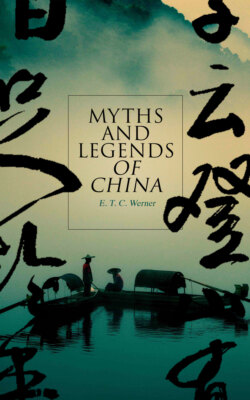Читать книгу Myths and Legends of China - E. T. C. Werner - Страница 12
На сайте Литреса книга снята с продажи.
Organic Environment
ОглавлениеThe vegetal productions are abundant and most varied. The rice-zone (significant in relation to the cultural distinctions above noted) embraces the southern half of the country. Tea, first cultivated for its infusion in A.D. 350, is grown in the southern and central provinces between the twenty-third and thirty-fifth degrees of latitude, though it is also found as far north as Shantung, the chief 'tea district,' however, being the large area south of the Yangtzu River, east of the Tungting Lake and great Siang River, and north of the Kuangtung Province. The other chief vegetal products are wheat, barley, maize, millet, the bean, yam, sweet and common potato, tomato, eggplant, ginseng, cabbage, bamboo, indigo, pepper, tobacco, camphor, tallow, ground-nut, poppy, water-melon, sugar, cotton, hemp, and silk. Among the fruits grown are the date, mulberry, orange, lemon, pumelo, persimmon, lichi, pomegranate, pineapple, fig, coconut, mango, and banana, besides the usual kinds common in Western countries.
The wild animals include the tiger, panther, leopard, bear, sable, otter, monkey, wolf, fox, twenty-seven or more species of ruminants, and numerous species of rodents. The rhinoceros, elephant, and tapir still exist in Yünnan. The domestic animals include the camel and the water-buffalo. There are about 700 species of birds, and innumerable species of fishes and insects.
